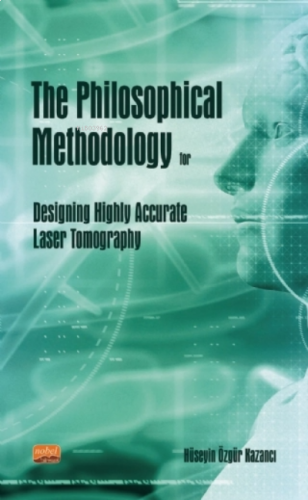9786257677639
736695

https://www.hesapli24.com/the-philosophical-methodology-for-designing-highly-accurate-laser-tomography
The Philosophical Methodology for Designing Highly Accurate Laser Tomography
9.62
Diffuse optical tomography (DOT) optic imaging modality is the medical imaging technique used in the biomedical field. Experimental biomedical optic imaging method, which uses the lasers at specific wavelengths, is an important imaging modality for research purposes, especially for breast tumors and brain neurophysiological medical clinical applications, where the presence and absence of oxygenated blood is investigated. Some difficulties in the DOT imaging method prevented the method from being developed. The most important negative factor is that its spatial and temporal resolution is not within acceptable limits. The method was improved as a result of the steps taken by the researchers over time; on the other hand, it was not possible to be in the desired limits. The most important steps are: 1) Changing the angle of entry of source and detector probes to the tissue surface 2) Using high-density source and detector (SD) probes 3) Using only phase angle data in frequency domain devices can be counted. These studies are related to the improvement of the method. In this book, new improvements are mentioned and possible tools and equipment required to develop the method are mentioned. It is hoped that it will shed light on researchers and readers working in this field.
Diffuse optical tomography (DOT) optic imaging modality is the medical imaging technique used in the biomedical field. Experimental biomedical optic imaging method, which uses the lasers at specific wavelengths, is an important imaging modality for research purposes, especially for breast tumors and brain neurophysiological medical clinical applications, where the presence and absence of oxygenated blood is investigated. Some difficulties in the DOT imaging method prevented the method from being developed. The most important negative factor is that its spatial and temporal resolution is not within acceptable limits. The method was improved as a result of the steps taken by the researchers over time; on the other hand, it was not possible to be in the desired limits. The most important steps are: 1) Changing the angle of entry of source and detector probes to the tissue surface 2) Using high-density source and detector (SD) probes 3) Using only phase angle data in frequency domain devices can be counted. These studies are related to the improvement of the method. In this book, new improvements are mentioned and possible tools and equipment required to develop the method are mentioned. It is hoped that it will shed light on researchers and readers working in this field.
Yorum yaz
Bu kitabı henüz kimse eleştirmemiş.











